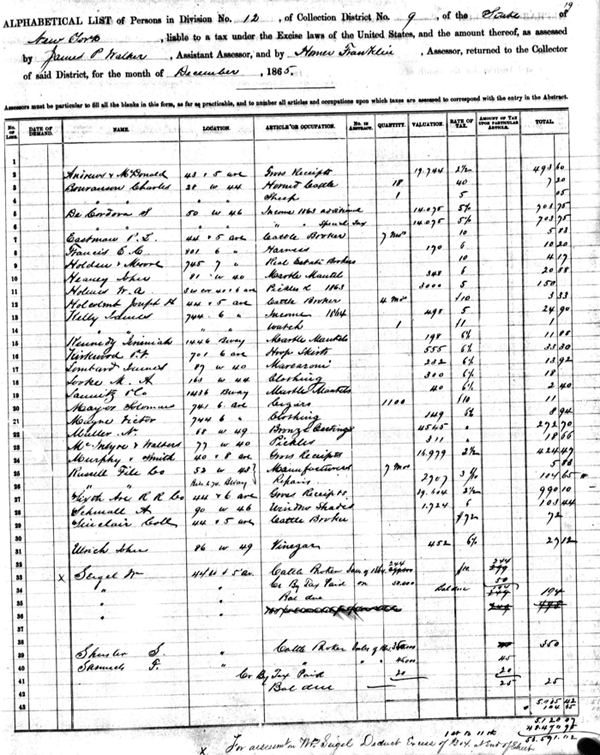As in many of your homes I’m sure, spring cleaning is well underway in my house (much to my daughter’s chagrin!). Closets, cabinets, drawers, and shelves are being reorganized and we are making regular trips to the Goodwill store with drop-offs. I’m also doing a gradual spring cleaning in my office. I had to move some things around to accommodate the new all-in-one printer/scanner I got for my birthday and decided it was time to go through some of the storage boxes I had stashed under the printer stand.
A few weeks ago, I wrote about being a gatherer and the positive side of that practice. The downside to it is that it can lead to an overabundance of papers that can quickly become overwhelming. Every so often we need to go back and take stock of what we’ve gathered and clear some things out. In some cases it may mean letting go of things we don’t need. Yes, I mean actually throwing things out. (Gasp!) I know, it goes against the grain. After all, we’re the preservers of our family history. We should be preserving everything, right?
Well, maybe not. I read a post a while back on Sally Jacobs’s “Practical Archivist†blog that stuck with me. The article was talking about photographs, but is totally relevant to other family history materials as well. Accompanying the article was this warning sign:
“Caution: Keeping everything means that someone else decides what gets tossed later.â€
Scary stuff! It made me really think about not only what I kept, but where I kept it. So this week, let’s take a look at some ways we can dispose of some of our excesses, so that someone doesn’t overdo it for us down the line.
Storing the Maybes
I typically keep a separate section in the back of my family binders for those folks that may be related–“the maybes.†Keeping them there is convenient, but in cases where they are starting to take over, I am moving them to a different binder. I’m also going through them and actually getting rid of some that I know I don’t need anymore. For example, once upon a time we found a record that gave one ancestor’s maiden name as Nesen. For year we collected every scrap we could find on Nesen, Nessen, Nesson, etc. Turned out that was a typo. Her maiden name was Nelson. Do I really need to keep all the Nessens now? No. The Nesens are off to the recycle bin. Continue reading



_edited-2.bmp)

